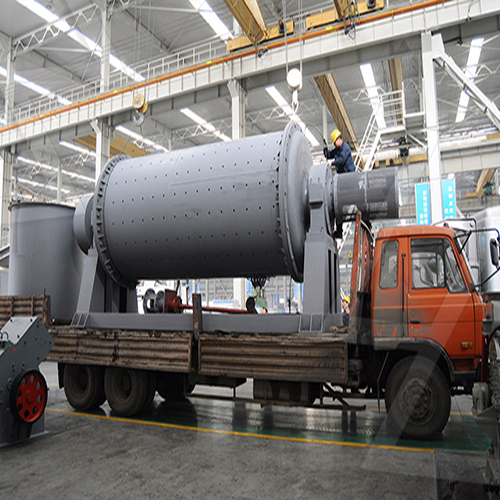Here’s a detailed breakdown of stone crusher production capacity at 100 tons per hour (TPH), including equipment options, configurations, and factors affecting output:
—
1. Typical Stone Crusher Types for 100 TPH
– Jaw Crusher (Primary Crushing)
– Model: PE-600×900
– Max Feed Size: ≤500mm
– Output: 50–160 TPH (adjustable based on discharge setting)
– Cone Crusher (Secondary Crushing)
– Model: PYB1200 or Symons 4.25ft
– Output: 40–100 TPH (depends on hardness of stone)
– Impact Crusher (For Soft/Medium Stones)
– Model: PF-1214
– Output: 70–130 TPH
– Mobile Crushers
– Example: Combined jaw + cone/impact crusher on a single chassis (e.g., Metso Lokotrack LT120 + LT300GP).
—
 2. Key Factors Affecting Production Capacity
2. Key Factors Affecting Production Capacity
– Material Hardness: Granite (>200 MPa) reduces output vs. limestone (<150 MPa).
– Feed Size: Larger feed requires more crushing stages.
– Moisture Content: Wet clayey material can clog crushers.
– Crusher Settings: Closed-side setting (CSS) adjustment impacts fineness and throughput.
—
3. Example Configuration for 100 TPH Plant
| Stage | Equipment | Power (kW) | Output Size |
|————-|——————–|————|————-|
| Primary | Jaw Crusher | 55–75 | ≤150mm |
| Secondary | Cone Crusher | 90–132 | ≤40mm |
| Screening | Vibrating Screen | 15–30 | 0–5/5–20mm |
Process Flow:
1. Raw material → Vibrating feeder → Jaw crusher (coarse crushing).
2. Belt conveyor → Cone crusher (fine crushing).
3 creened into final products (e.g., aggregates for construction).
creened into final products (e.g., aggregates for construction).
—
4. Power & Cost Estimates
– Total Power: ~200–250 kW (for fixed plant).
– Mobile Plant Cost: $250,000–$500,000 USD.
– Operating





Leave a Reply